Mammals
Media
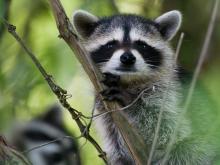
Species Types
Scientific Name
Procyon lotor
Description
When you see the black mask and striped tail of this medium-sized mammal, you know you’ve spotted a raccoon. These nocturnal omnivores are clever and adaptive.
Media

Species Types
Scientific Name
Canis lupus
Description
The gray wolf originally ranged throughout Missouri, but with settlement the species was gradually exterminated. While there is no evidence of a breeding population in the state, wolves are listed as a protected species in Missouri, and they occasionally wander into Missouri from northern states.
Media
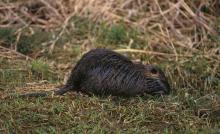
Species Types
Scientific Name
Myocastor coypus
Description
The nutria is a large aquatic rodent native to South America. They were brought to the United States for the fur market. In Missouri, nutria are sometimes trapped in the southeastern part of the state.
Media
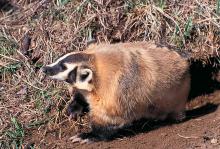
Species Types
Scientific Name
Taxidea taxus
Description
An excellent digger, the American badger is a powerful predator of rodents in grasslands and other open areas. Note its brawny build, impressive digging claws, and the black and white facial pattern.
Media
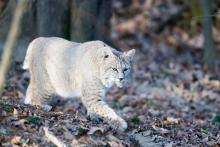
Species Types
Scientific Name
Lynx rufus
Description
The bobcat is a short-tailed wild cat with a distinctive streaked and spotted pattern, a wide face, and pointy ears often with black tufts.
Media
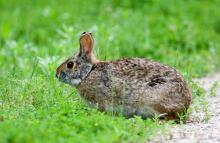
Species Types
Scientific Name
Sylvilagus aquaticus
Description
Larger and yellower than the eastern cottontail, the swamp rabbit is confined to swamps of Missouri’s Bootheel. As a wetland dweller, it’s a good swimmer and diver, but lack of swamp habitat is making this rabbit’s numbers decline.
Media

Species Types
Scientific Name
Vulpes vulpes
Description
The red fox is doglike, with a long, pointed muzzle; large, pointed ears that are usually held erect and forward; moderately long legs; and a long, bushy tail. It occurs statewide but is more common in the northern and western sections of Missouri.
Media

Species Types
Scientific Name
Mustela frenata
Description
Long-tailed weasels are small but voracious predators. They are rare in our state but are most common in the south-central and southwestern portions. In summer, they are brown with yellow beneath. In winter their fur is paler or white. The tail has a black tip.
Media

Species Types
Scientific Name
Ictidomys tridecemlineatus
Description
The thirteen-lined ground squirrel has 13 alternating brown and whitish lines (some may be broken into spots) along its back and sides, creating rows of whitish spots within dark lines. It stands upright to survey its surroundings and dives into its burrow when it senses danger.
Media
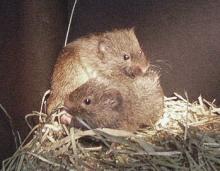
Species Types
Scientific Name
Microtus ochrogaster, M. pinetorum, and M. pennsylvanicus
Description
There are three species of voles in Missouri: prairie, meadow, and woodland voles. These mouselike rodents have rounded, blunt snouts, chisel-shaped front teeth, and short tails.
See Also
About Mammals in Missouri
More than 70 species of wild mammals live in Missouri: opossums; shrews and moles; bats; rabbits; woodchuck, squirrels, beaver, mice, voles, and other rodents; coyote, foxes, bear, raccoon, weasels, otter, mink, skunks, bobcat, and other carnivores; deer and elk; and more. Most of us recognize mammals easily — they have fur, are warm-blooded, nurse their young, and breathe air.





















